The Blue Jay (Cyanocitta cristata) is an iconic bird from the corvid family, just like crows and ravens. Known for its remarkable intelligence, it is considered one of the smartest birds in the world. It can be seen year-round in southern Quebec and is also the provincial bird of Prince Edward Island.
Found in deciduous and mixed forests, it also frequents parks and bird feeders. Its diet is omnivorous: seeds, nuts, acorns, fruit, as well as insects, frogs, fish, mice, and occasionally eggs or nestlings left alone in their nests.
The Blue Jay is mostly vegetarian, eggs and nestlings make up only about 1% of its diet.
The Blue Jay is famous for storing food, especially acorns, which it can hide by thousands (between 3,000 and 5,000) each autumn. This makes it an excellent oak seed disperser. Its intelligence allows it to find most of its hidden caches during winter. It even selects acorns free from insect infestation.
During migration, the Blue Jay can form large flocks of up to 250 birds. Young jays migrate more often than adults, but migration patterns remain a mystery, some jays migrate one year but not the next.
The Blue Jay can mimic hawk calls to scare away other birds and claim food sources. It also communicates with its crest: when raised, it signals aggression. Despite its agility, its relatively slow flight makes it vulnerable to predators like hawks, sharp-shinned hawks, red-tailed hawks, and owls.
In captivity, the Blue Jay have been observed using tools, such as pieces of paper to reach food though this has not been documented in the wild. Males are slightly larger than females and pairs stay together for life. It molts in summer, gaining fresh plumage between June and September, and often decorates its nest with white objects such as birch bark or pale leaves.
How to Attract Blue Jays
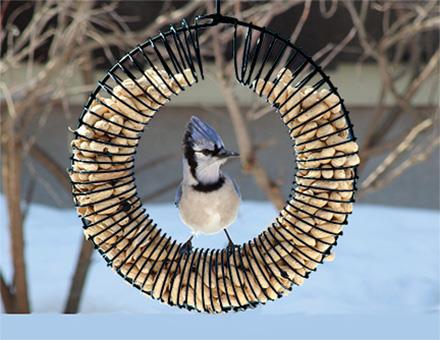
At bird feeders, this colorful visitor is especially fond of peanuts, corn, and sunflower seeds.
To attract it, you can hang a wreath with peanuts in the shell. It’s a spectacular sight, the Blue Jay will grab several peanuts at once, filling its gular pouch and beak before flying off to hide them.
Another excellent option is the Squirrel Buster Peanut Plus feeder, filled with shelled peanuts. This clever design automatically closes access to the food when a squirrel’s weight is detected, preventing theft. In addition to Blue Jays, woodpeckers, chickadees, and nuthatches will also enjoy this feeder.
Blue Jays are also attracted to suet, a valuable energy source year-round.
Birds generally coexist well with the Blue Jay. However, if its behavior seems too aggressive toward other species, it is better to position feeders meant for Blue Jays away from other feeders to keep harmony among your feathered visitors.

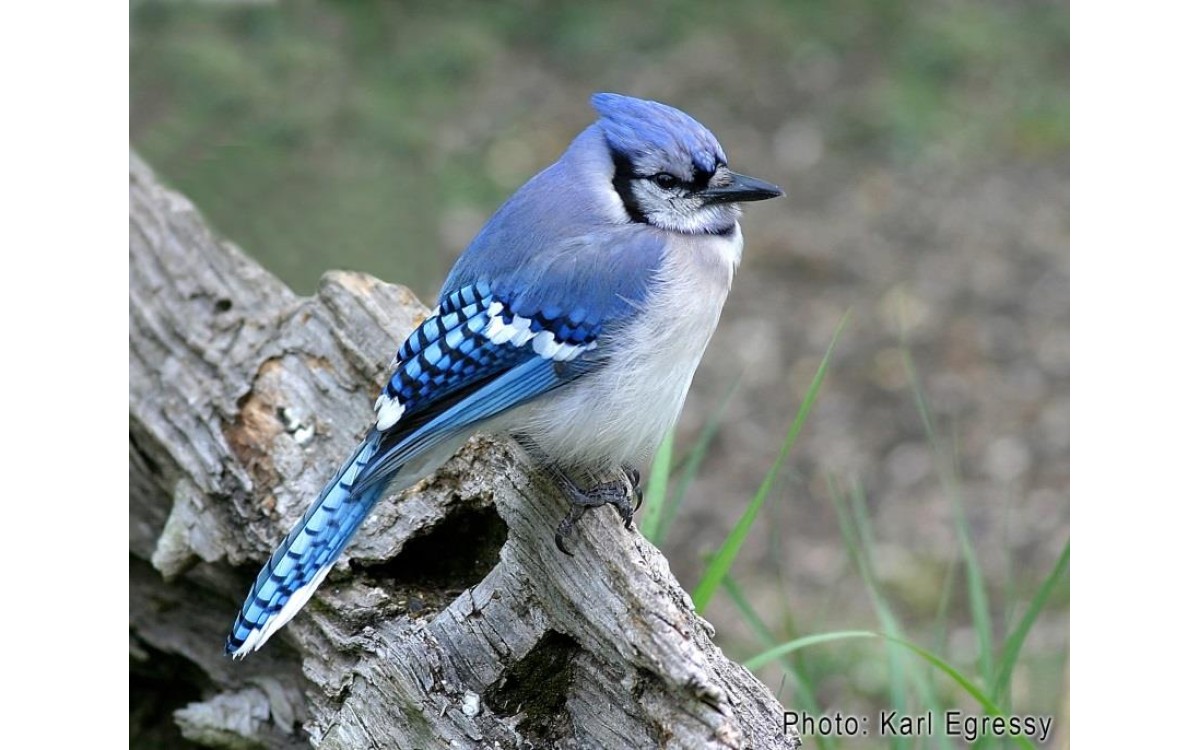
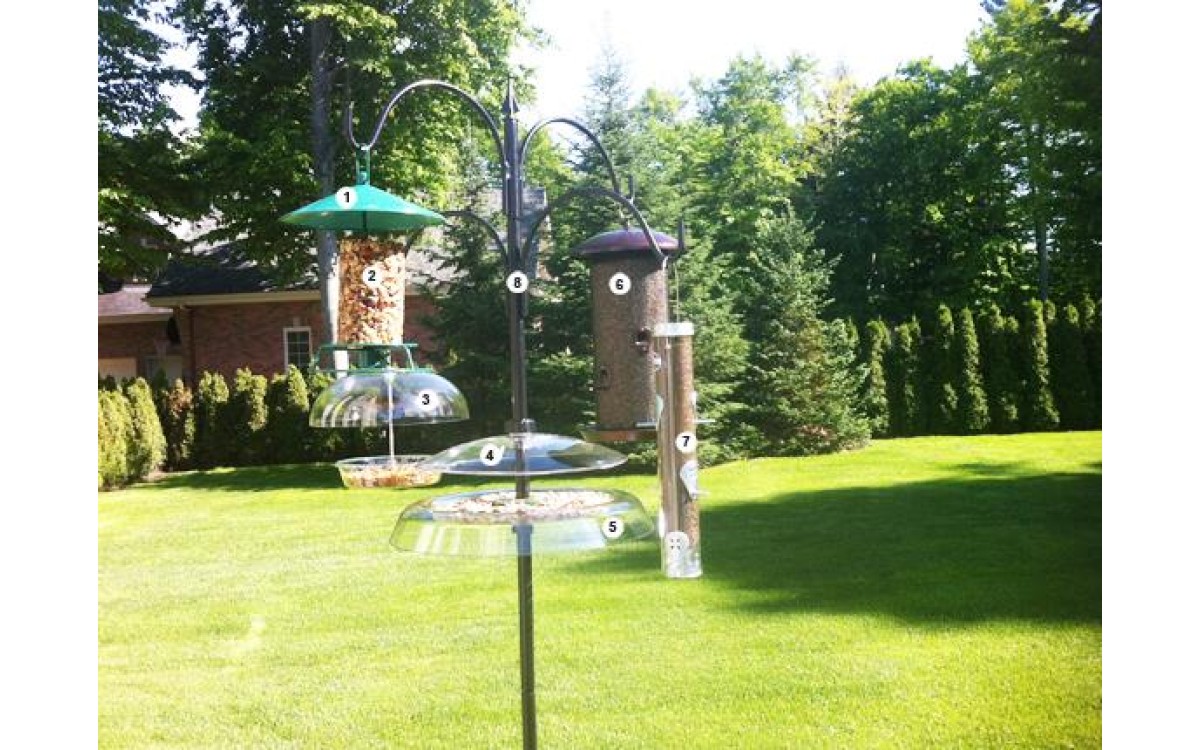


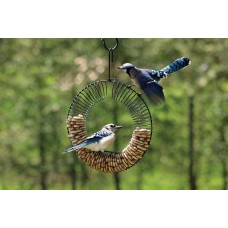
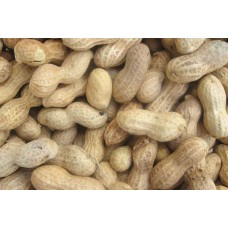
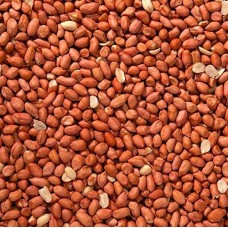
-MR-Bird-228x228.jpg)